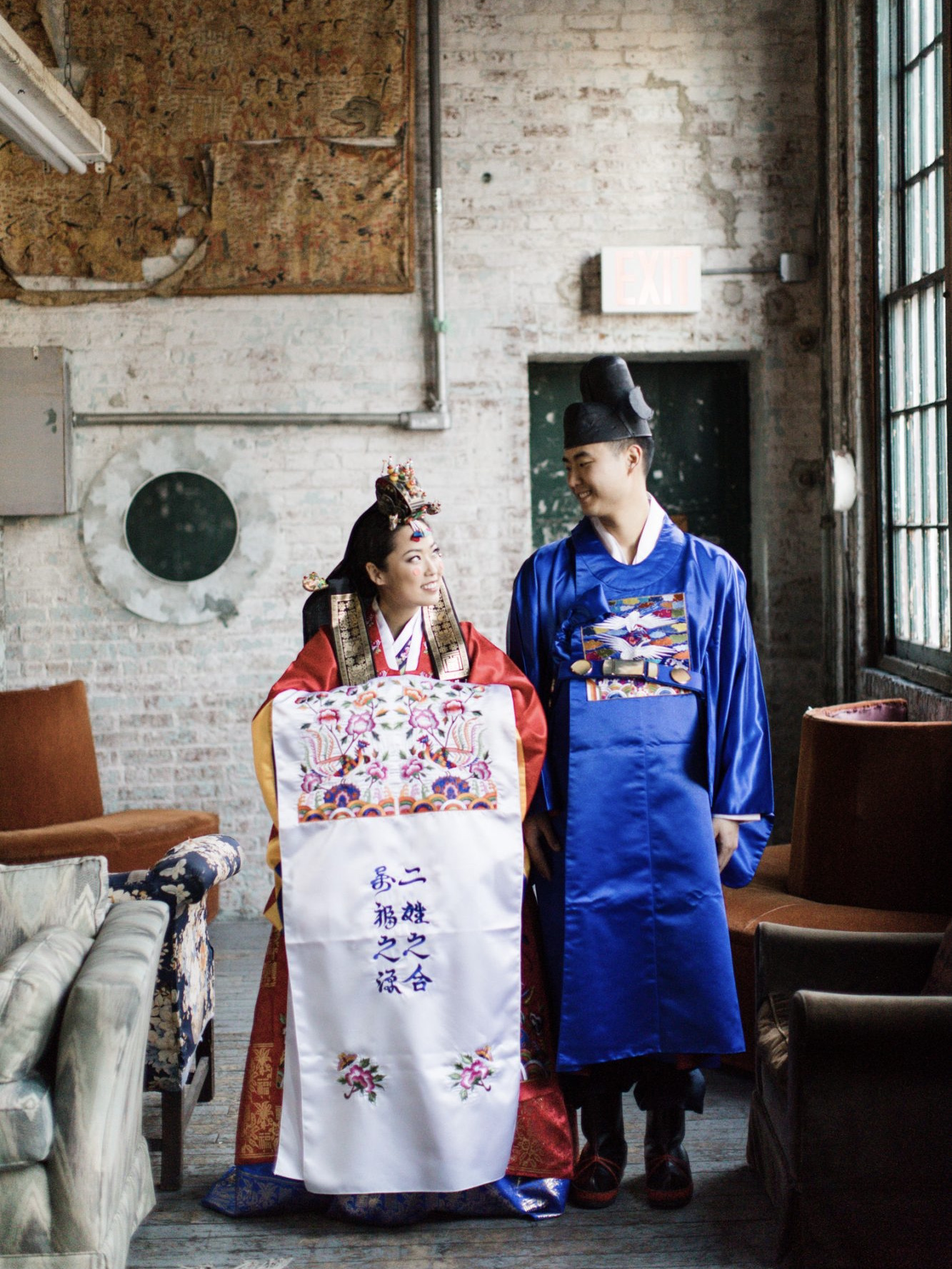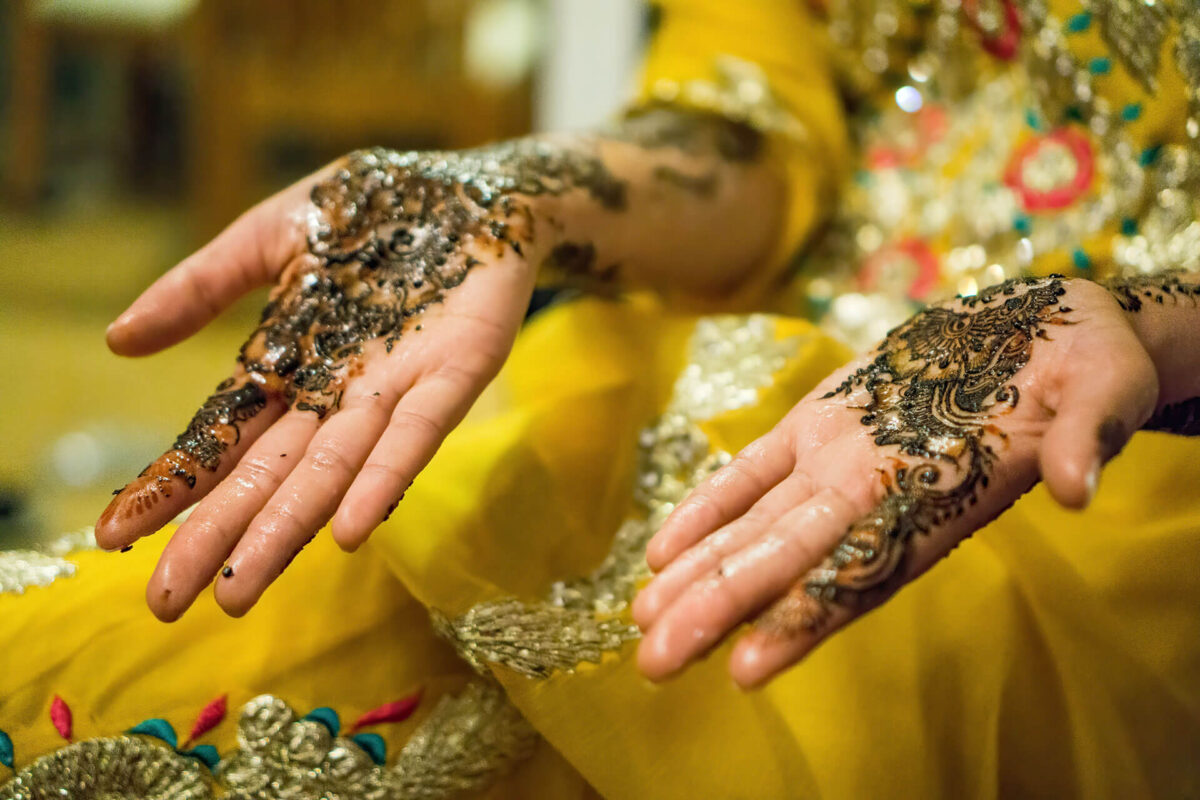A long white dress and veil combined with something old, new, borrowed and blue. These are the essential elements that distinguish a traditional western wedding gown.
Have you ever wondered what brides from
around the world wear on their special day
The bridal attire, as well as traditions and customs belonging to different countries and cultures, varies from one place to another in the world. Although you are used to seeing white tones on a wedding dress, you don’t have to look far to come across a completely different approach to the bride’s outfit.
From Spain to Bulgaria, from Ghana to China, you can find an endless variety of colorful, breathtaking wedding gowns, based on the long-standing traditions of these countries. Every choice in terms of color, texture and outfit’s details used is not random, but follows popular customs that have consolidated over time.
Below you will discover some types of colorful wedding dresses that follow the traditions of different countries. It will be an opportunity to have a wider view of the multiple ways in which people from different cultures celebrate the same occasion. Who knows, maybe you will find some inspiration to make your bridal attire even more unique.
Indian weddings are very colorful both in decorations and in the bride and groom’s attire, characterized by vibrant and bold shades along with intricate embroidered details.
The bridal outfit is generally made of colorful silk with the addition of golden thread decorations.
Depending on the region, the most popular colors are red, pink and a combination of yellow, green and white.
In traditional Hungarian weddings, the bridal attire includes a richly embroidered gown with floral motifs and a choice of three bright colors.
The bride’s look is then completed with the addition of an elaborate headdress made with woven wheat, flowers’ garlands or ribbons that symbolize fertility and prosperity.
The ritual of covering the hair with a headdress, in the past represented the change in the woman’s social role, from young girl to married woman.
In China, the traditional bridal gown is red, considered a symbol of good luck and joy. The wedding dress is often decorated with elaborate embroidery, for example with dragon and phoenix designs.
Chinese brides, however, do not choose a single wedding gown for their special day but three: at first they wear a long, form-fitting red dress called
qipao, then they switch to a white one inspired by Western tradition, and, lastly, they wear a gown according to their own choice of color for the party and the dance.
In Ghana, wedding gowns are made of
kente, a patterned fabric made within the country, available in a variety of colors, each with different meanings.
Each family has its own cloth pattern characterized by different decorations, making the dress of every bride one of a kind.
To complete the bridal look in addition to gold jewelry and colored beading, it often adds a traditional crown-shaped headdress, called
tekua.

The Spanish tradition does not follow the trend of colorful wedding dresses.
Although many brides today opt to wear white, the tradition in Spain is that brides wear a black, silk gown with lacy mantillas.
For Catholic beliefs, the black symbolizes the bride’s commitment and devotion to her groom “until death do us part”.
The traditional and formal dress for Korean weddings is called
hanbok and is usually made of a lightweight material with bright colors, simple lines, and no pockets.
Above this gown is placed a lime green topcoat called
wonsam, embroidered with flowers and butterflies. This is banded with red symbolizing paradise, indigo representing the terrain and yellow for compassion.
![]()

For a traditional Japanese wedding, the bride wears a white kimono, called
uchikake, combined with a white headdress for the formal ceremony, which symbolizes purity and maidenhood.
After the ceremony, she replaces it with a red kimono. The mixing of these two colors represents happiness and a new beginning.
In addition to the typical white dress, brides from around the world wear countless different outfits, often with unique patterns and bright colors symbolizing meaningful values of their cultures.
These differences make the international bridal attire wonderfully varied and full of inspirations for all tastes.



